Wetlands: Fountains of Life and Wellbeing
Wetlands are an essential component of nature as they provide water and shelter for a great variety of wildlife. Their natural wealth is a source of vitality for many bird species. Conserving wetlands helps other living beings as well as birds, especially in regions where water may be scarce. Todo Es Humedal is an ecological organization affiliated with the protected area managed by the Fundación Manada Animal. For All is Wetland caring for wetland birds is directly related to their interest in conserving, appreciating and respecting the wetlands of Chile and the world. They aim to share knowledge about the conservation of wetlands with the community of the central region of Chile. Their relationship with the community is based on love and empathy, encouraging a reciprocal and collective education focused on wetlands, their ecosystems, and the beings that inhabit them. For this reason they joined forces with Mujeres y Ríos Libres, an organization of women and families using education and community action to protect the waters of the Aconcagua River, especially the Mayaca urban wetland. Their objective is to integrate their goals with those of the community to protect the river and its wetlands by way of fun cultural and educational activities as well as initiating programs to care for the wetland and its river.
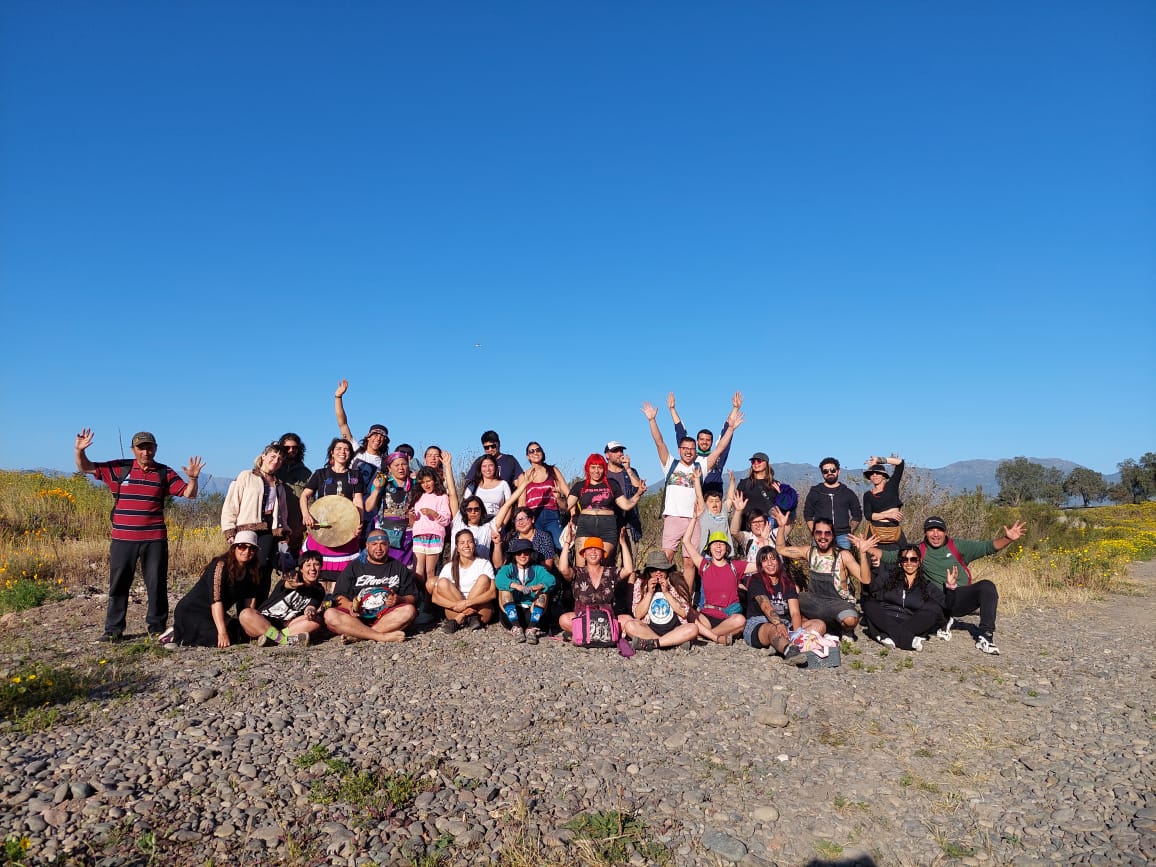
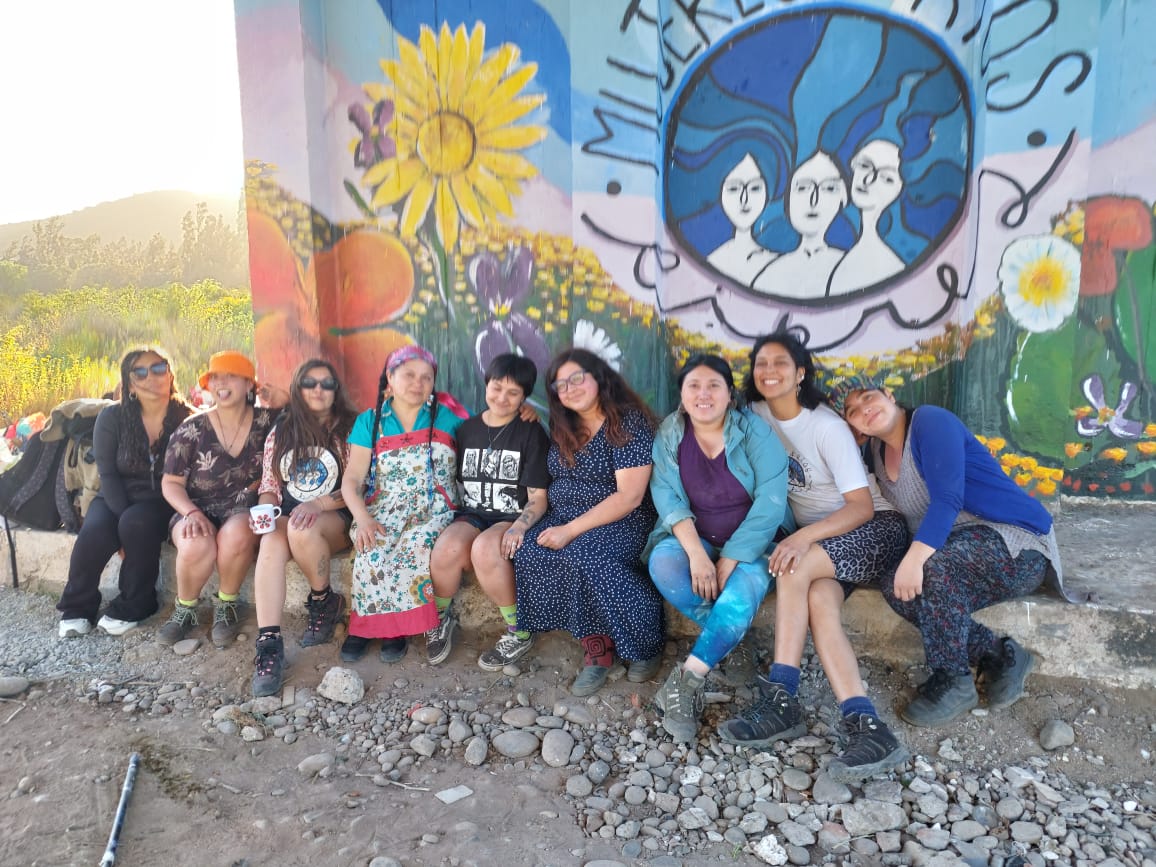
Utilizing the mini-grant provided by the Cornell Lab of Ornithology for Latin American and Caribbean groups and organizations (Cornell Lab of Ornithology), Todo Es Humedal and Mujeres y Ríos Libres organized their activities around the urban wetland. Mayaca is an urban wetland covering 360 hectares and is a hub for many organisms, including more than 50 native bird species located in Quillota in the Valparaíso region of Chile. Unfortunately, this precious natural space became an illegal dumping ground for garbage and debris. Community activities were carried out to inspire passion and awareness regarding the beauty and natural wealth of the urban wetland, as well as its benefits for the local community and its birds. The groups also carried out several clean-up and protection expeditions with the locals. Spectacular stuff!
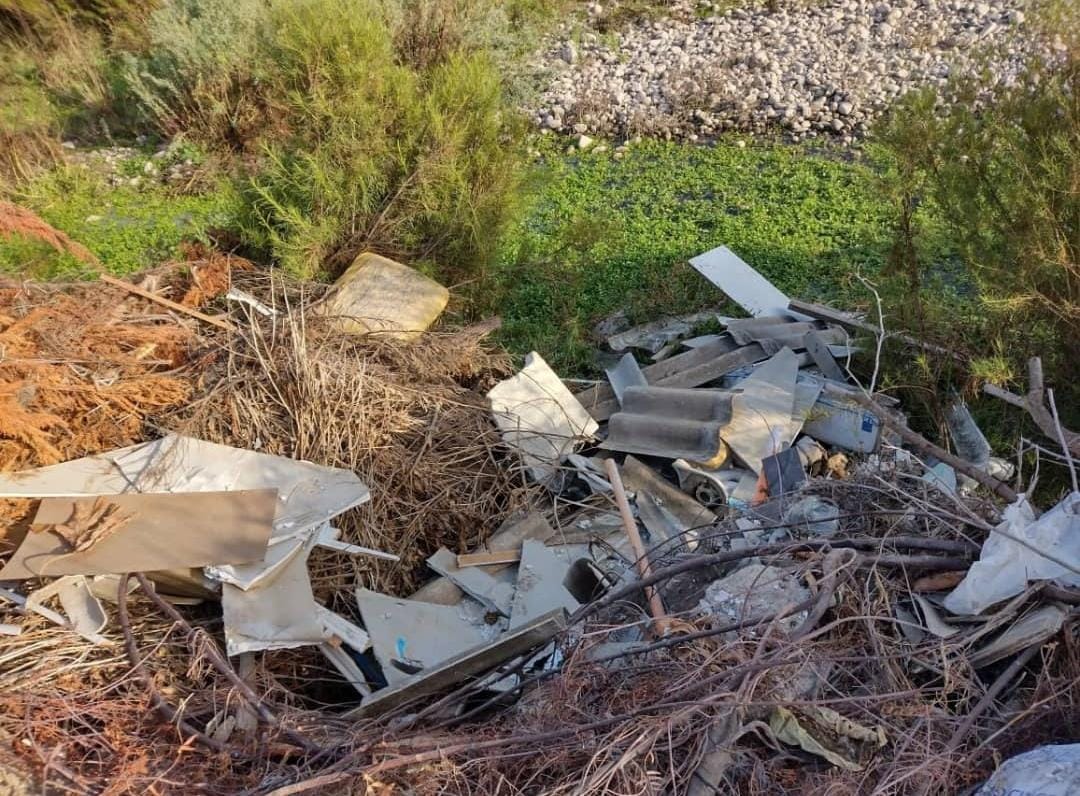
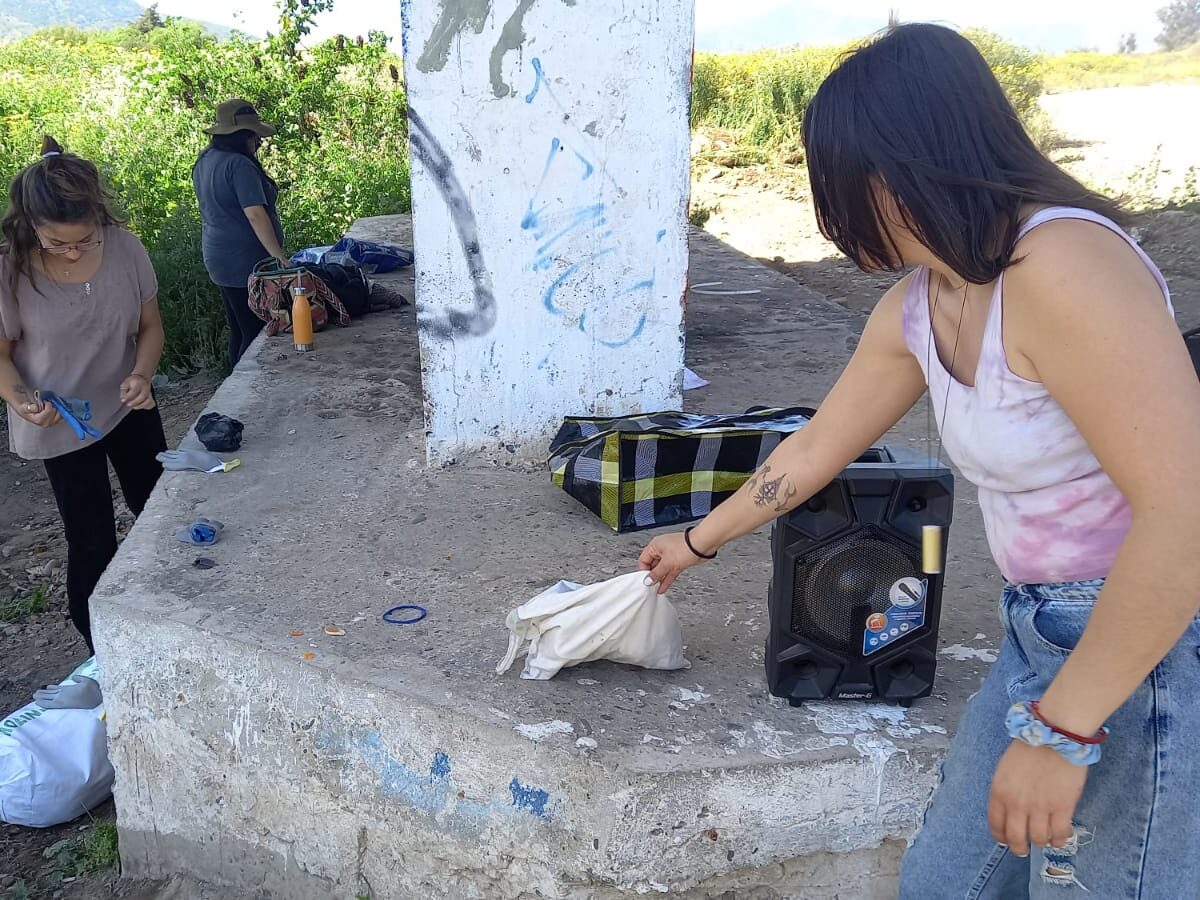
It was essential to receive the support of the community volunteers and citizens of the Quillota municipality leading up to the activities. The volunteers and citizens worked together by painting walls white in preparation for mural painting. They also worked on community activities over the days that followed. In addition, the community used h a backhoe to remove much of the debris and heavy trash from the site. Over the next three day, the community organizers and participants continued to pick up smaller trash while carrying out other environmental endeavors. Teamwork at its finest!
The three day long program was carried out in the beautiful springtime and included participants of all ages and occupations within the community. To begin each day a ceremony of the ancestral Mapuche people called Llellipun was performed. A prayer was made and permission to enter the Mayaca wetland is respectfully requested from the natural forces that occur around them. This beautiful and emotional ritual is a way to connect the people to Mapuche and vice versa. Through cultural exchange and understanding, great feats are possible.
The First Day
During the first day of activities, participants included schoolchildren from two local schools, their teachers, relatives, and volunteers who arrived early to join the activities in the wetland. After the Llelipun ceremony, participants were provided educational bird materials donated by the Network of Chilean Bird and Wildlife Observers. A QR Code created to give participants access to information about the Mayaca wetland was also shared on the Corazón de Hueso editorial site. Illustrated booklets of birds were distributed with educational activities created by the Cornell University Lab of Ornithology, so that participants had a visual guide of the wetland birds. With the material in hand, a brief presentation and training session was given regarding eBird, Merlin Bird ID, Birdnet, Nestwatch and Celebrate Urban Birds, among other applications made available by the Cornell Lab. With all that information in mind everyone was ready to go birdwatching!
The birdwatching outing concluded with a chat about the birds and flora observed during the outing and their relationship with the native cultures as well as with the local community. The activities continued with an exciting practical talk on basic wilderness first aid, given by the health personnel from the CESFAM of Quillota. They explained how to be prepared and stay safe when going out to observe birds in wild areas. More information was shared in a workshop explaining how to recognize bird species through sounds and images, ending with a workshop in which participants made bird sound instruments. How interesting! To conclude the day’s activities, participants began painting murals on the walls that had been painted white the previous day.
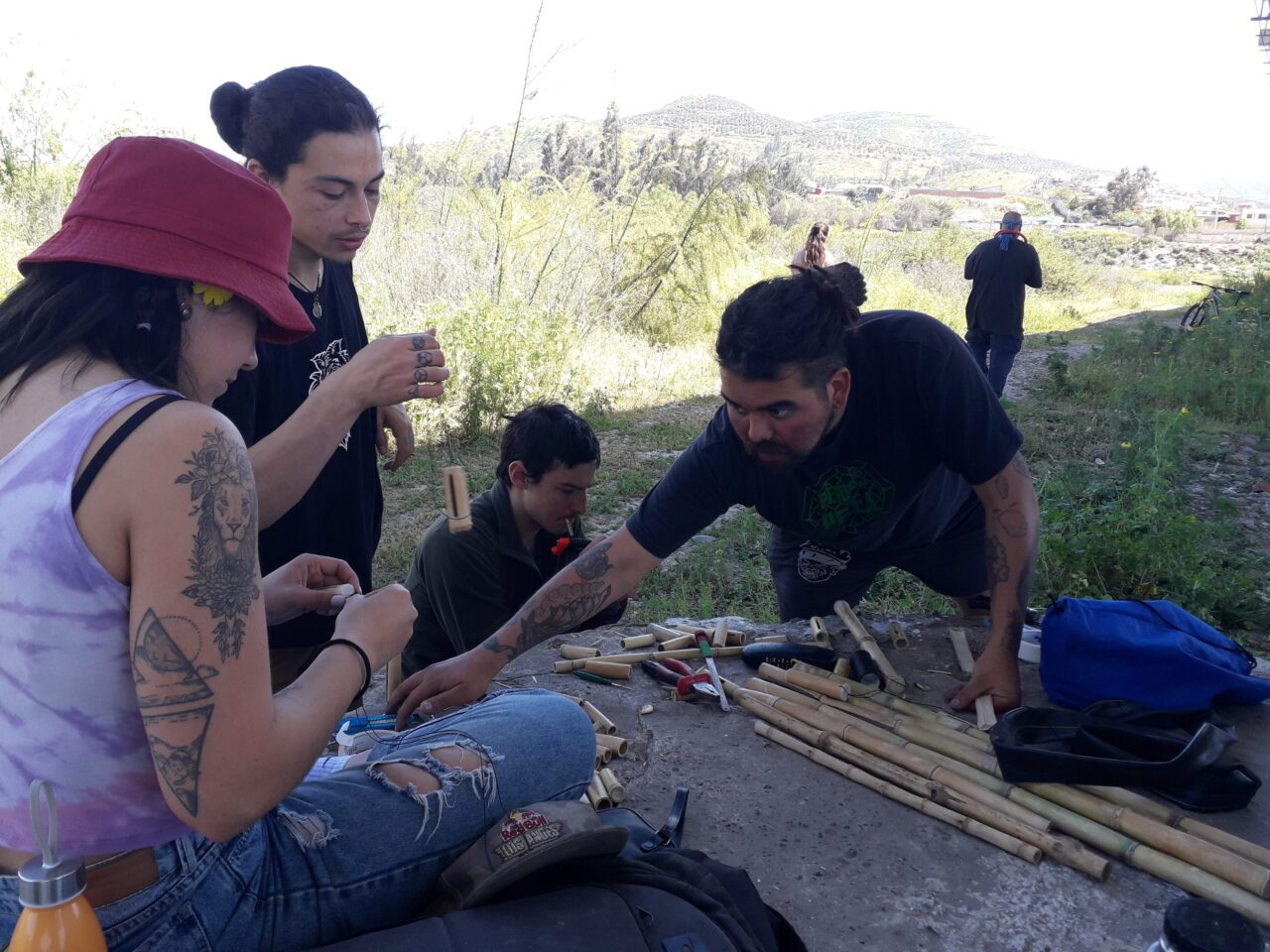
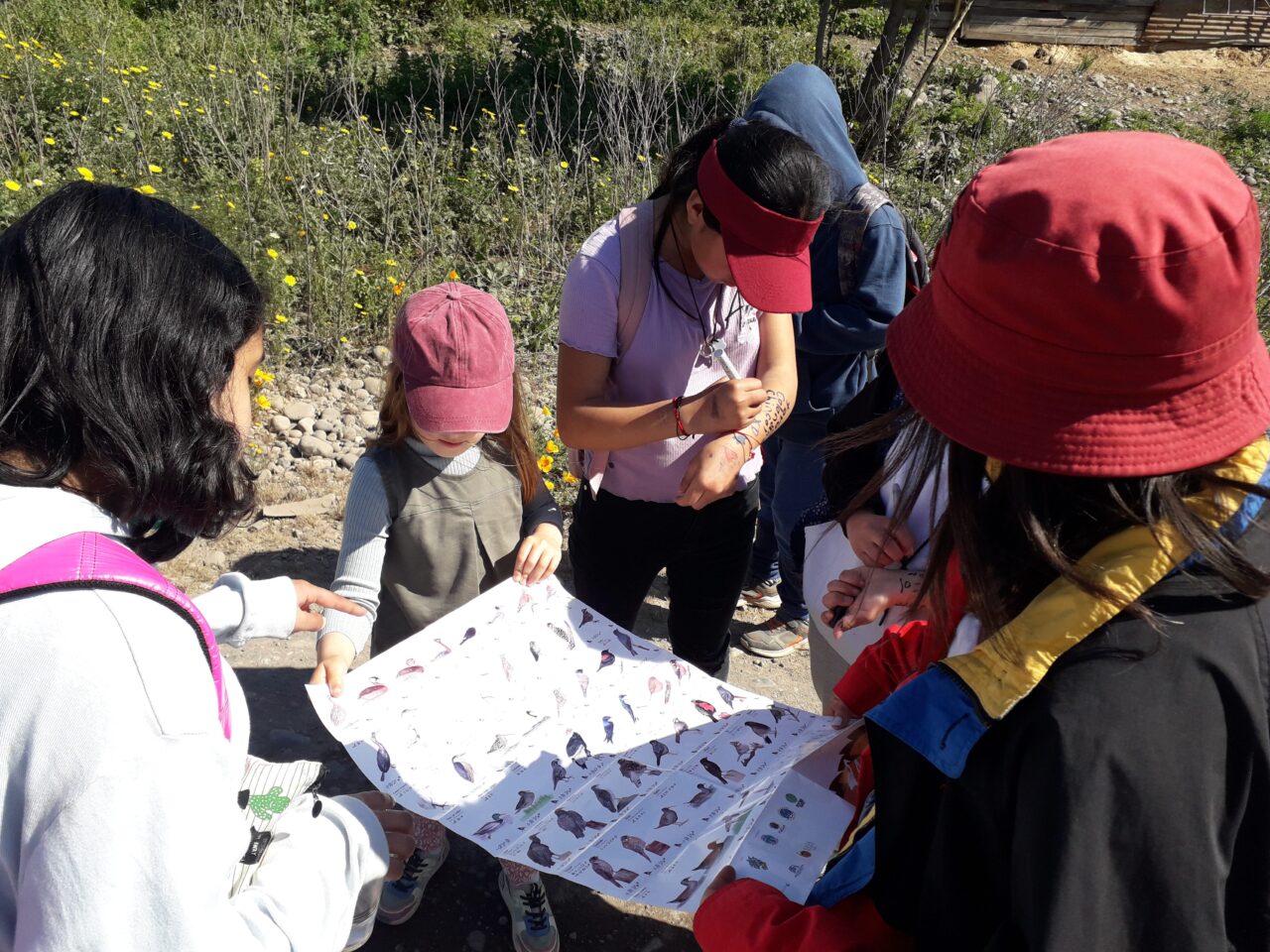
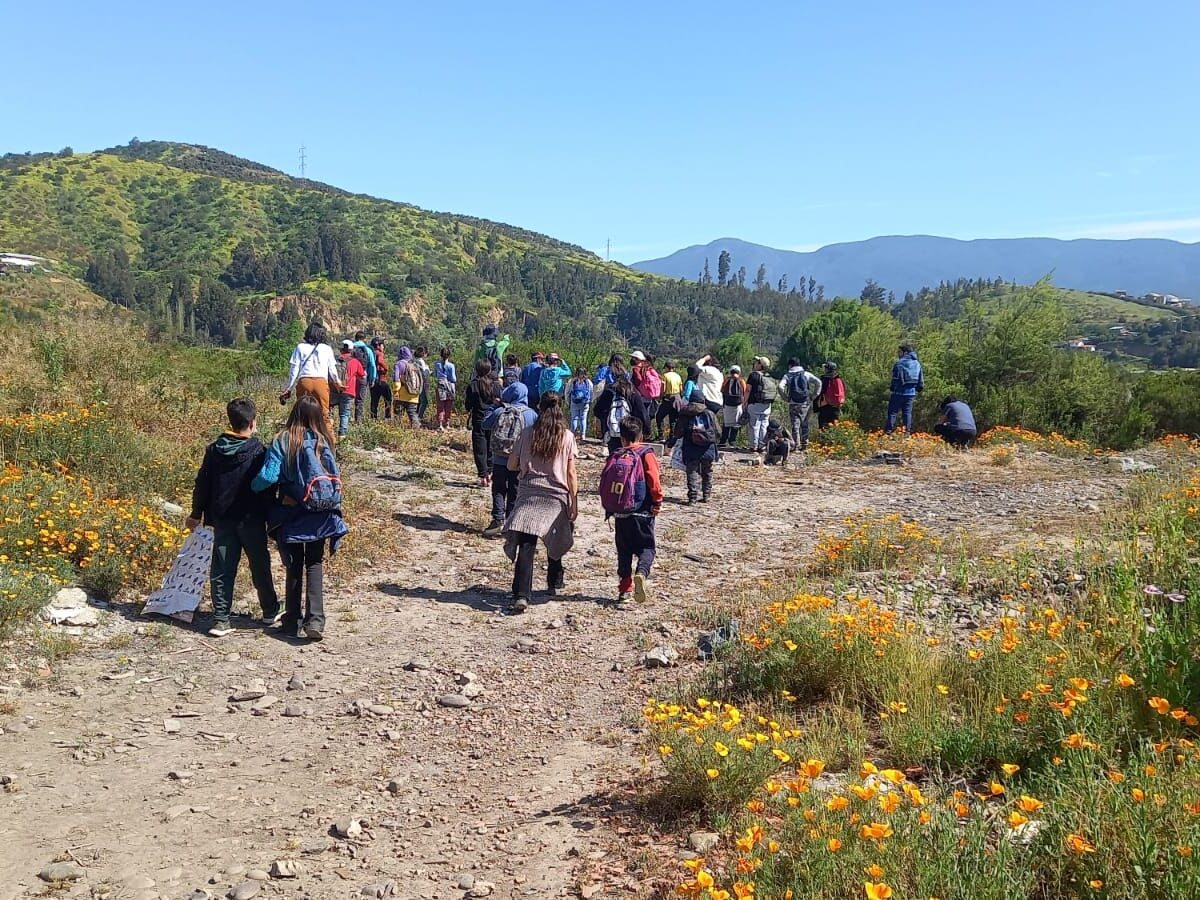
The Second Day
During the second day local children, their families and people from the community got together. The day began with the Llelipun ceremony. This was followed by a guided meditation based on the Japanese philosophy of “Shinrin Yoku” also known as “forest bathing”. Everyone was feeling very relaxed and one with nature, exactly the conditions necessary to go bird watching again! After the outing everyone gathered to paint the murals. It was a heartwarming display in which participants put their love and excitement for nature and birds into wonderful works of art to promote wetland protection. The result was a beautiful glow of color portraying the local animal and plant life of the wetland. Being passionate about birds and birding is a wonderful thing, but even more wonderful is sharing that passion with everyone around you! Participants restored existing educational posters to raise awareness for the care of the community wetland and created new posters. The day ended with additional educational workshops to reiterate information learned on the previous day followed by live music.
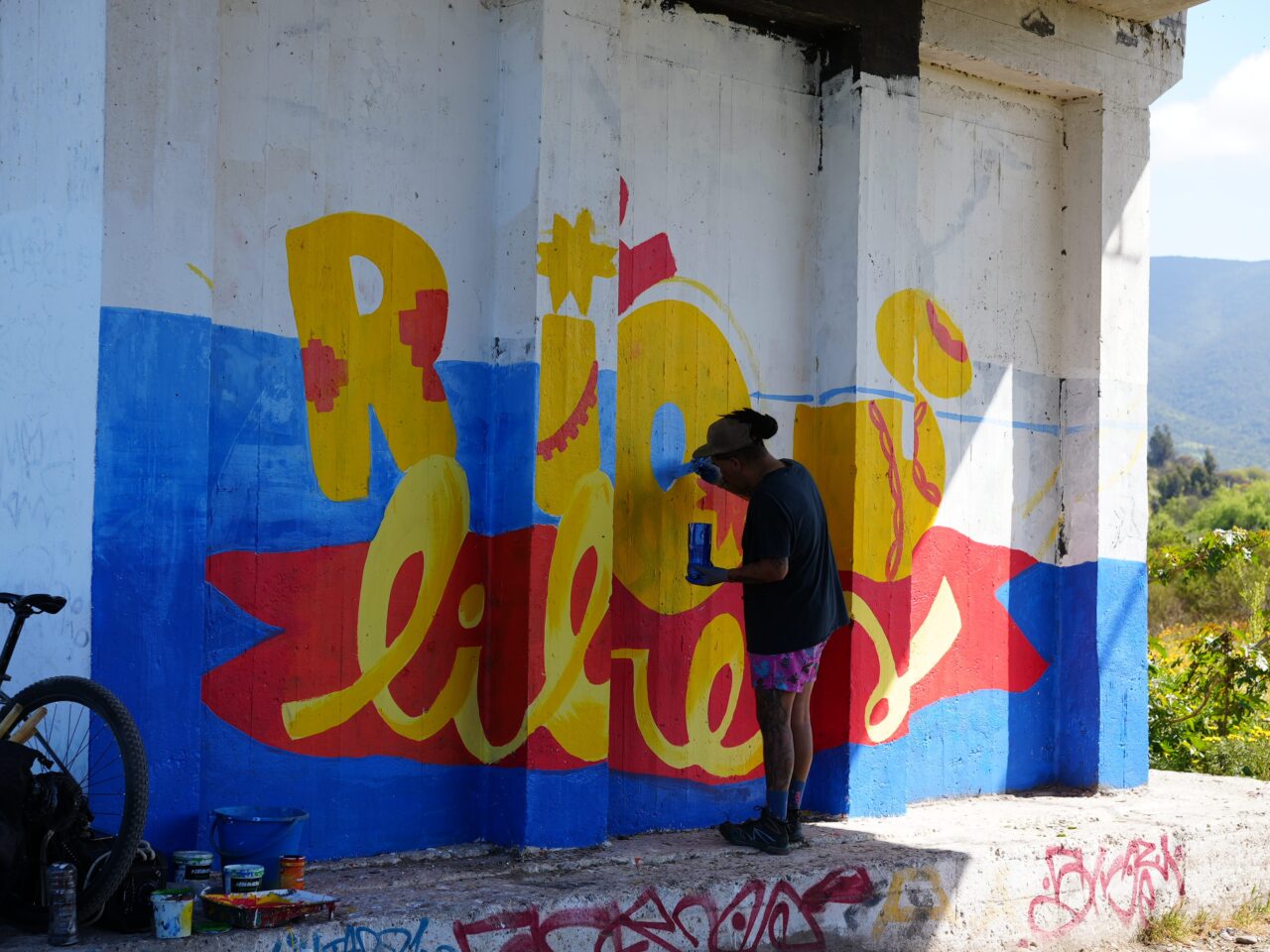
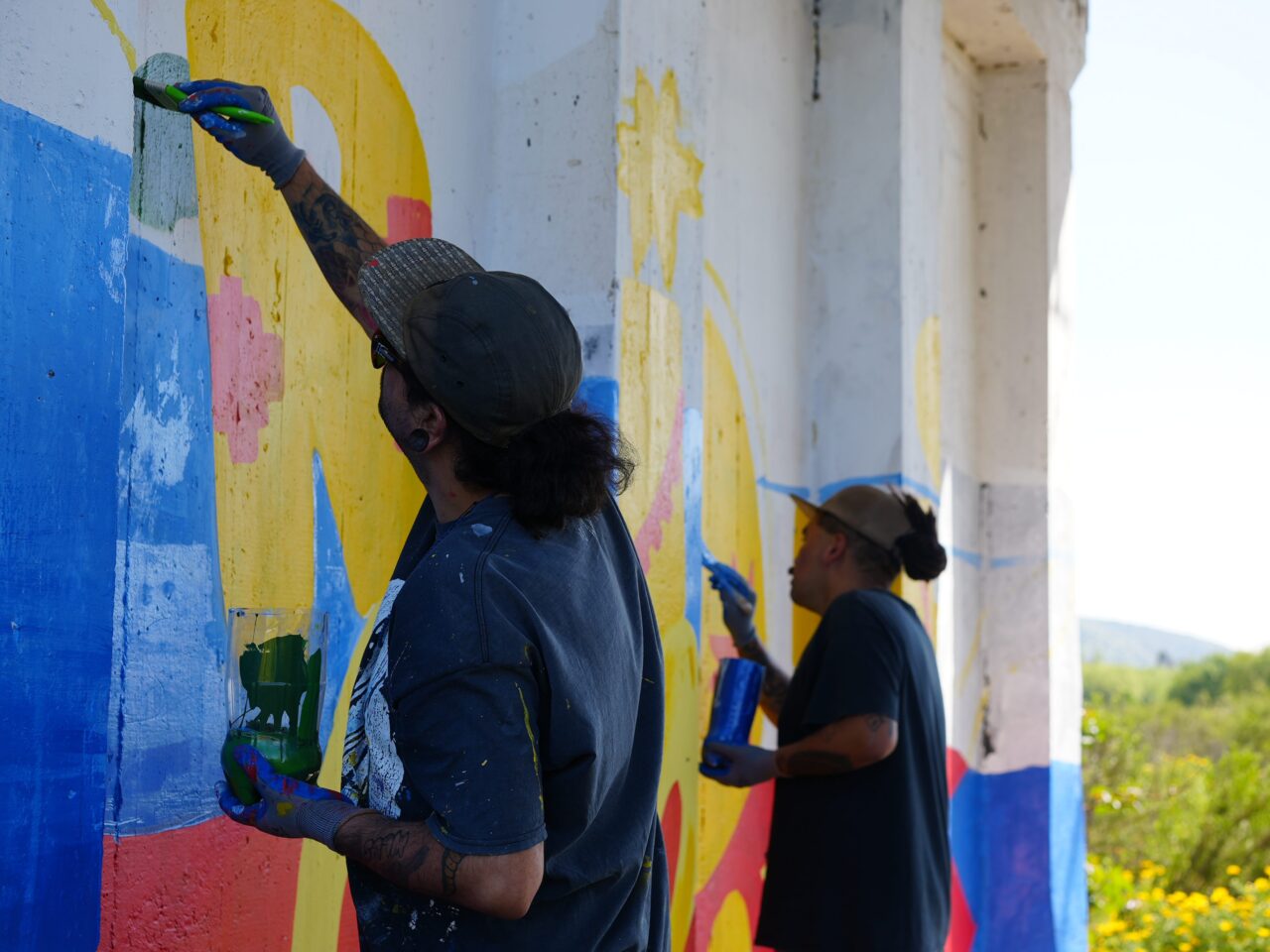
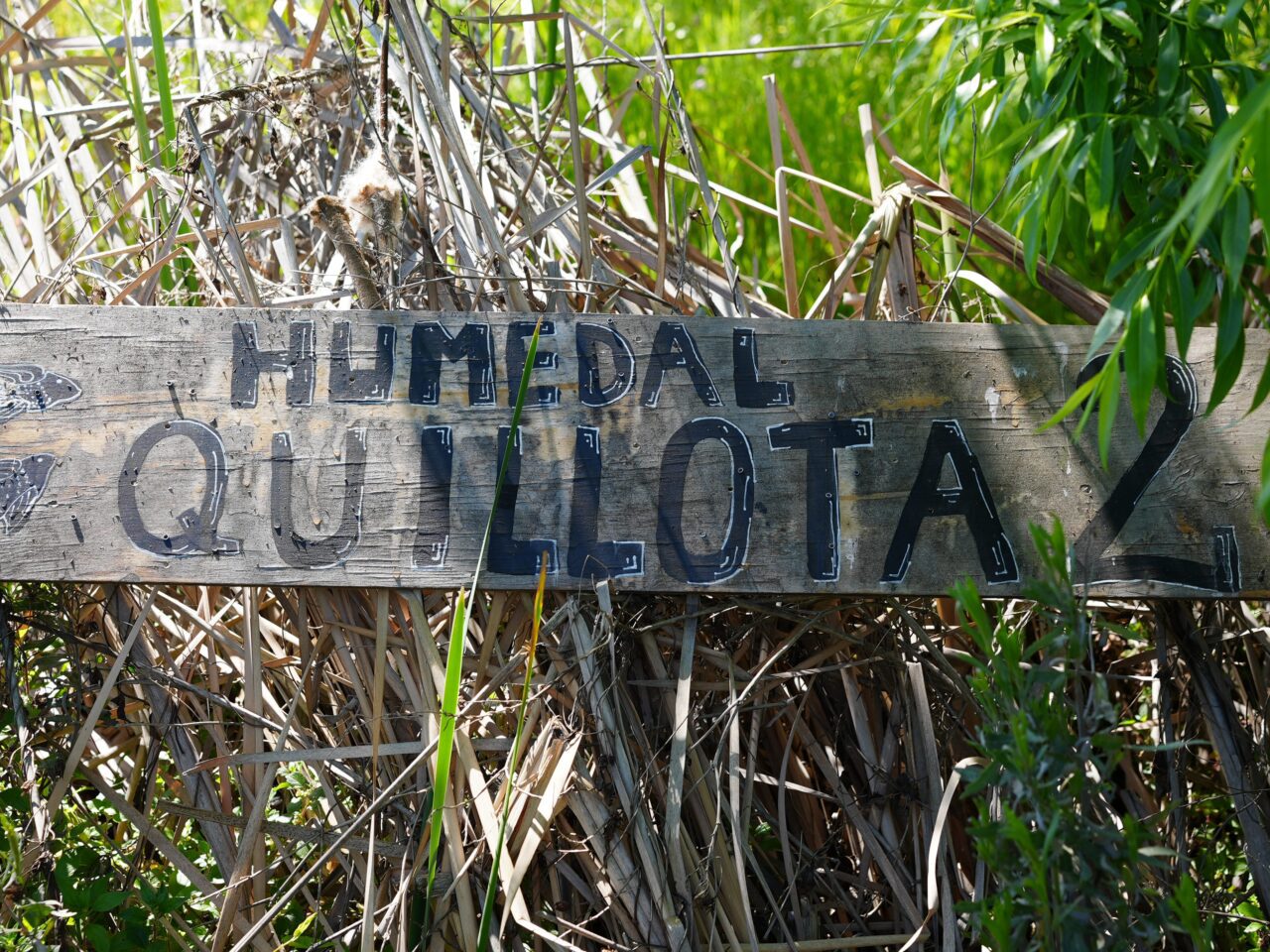
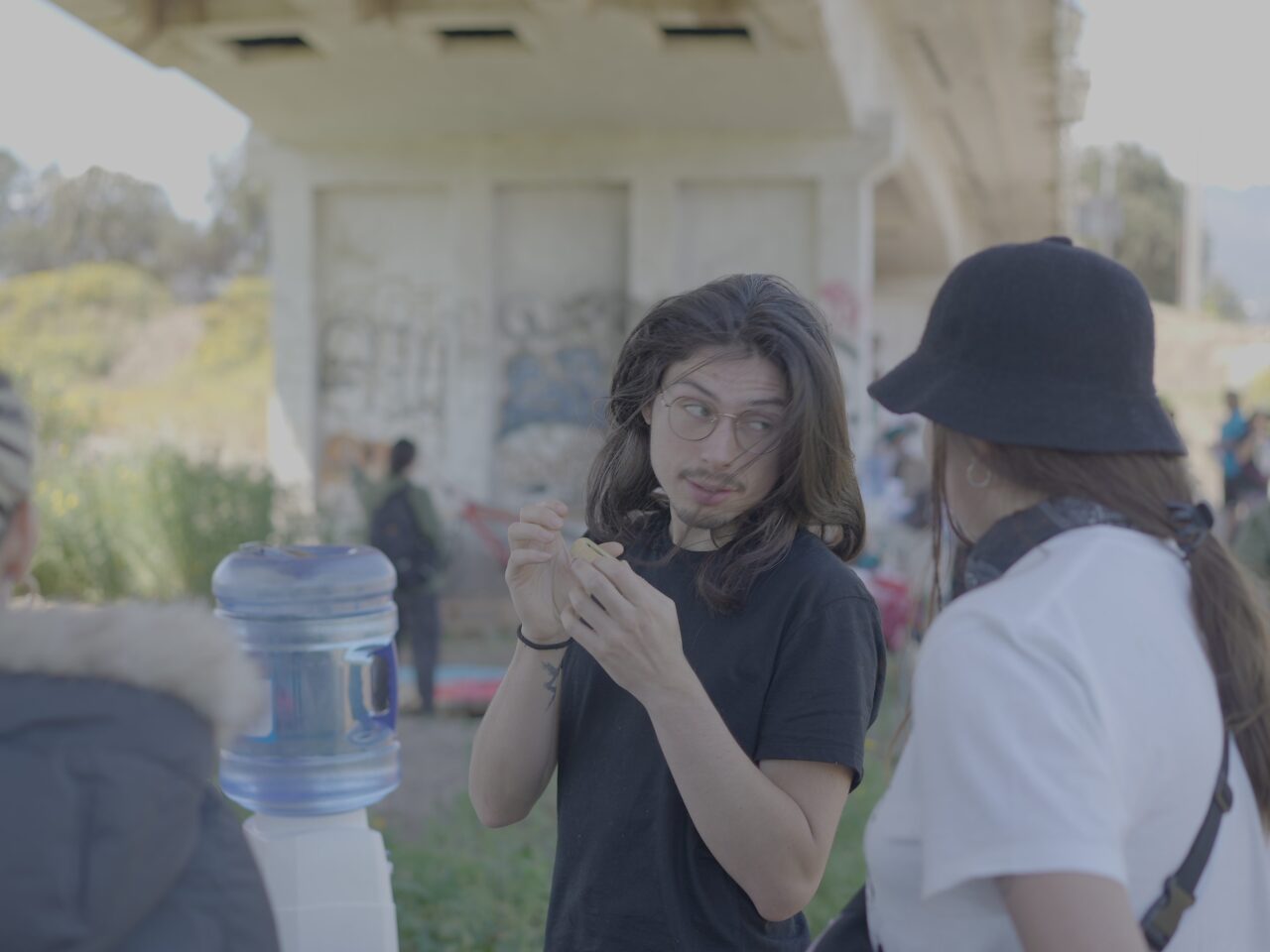
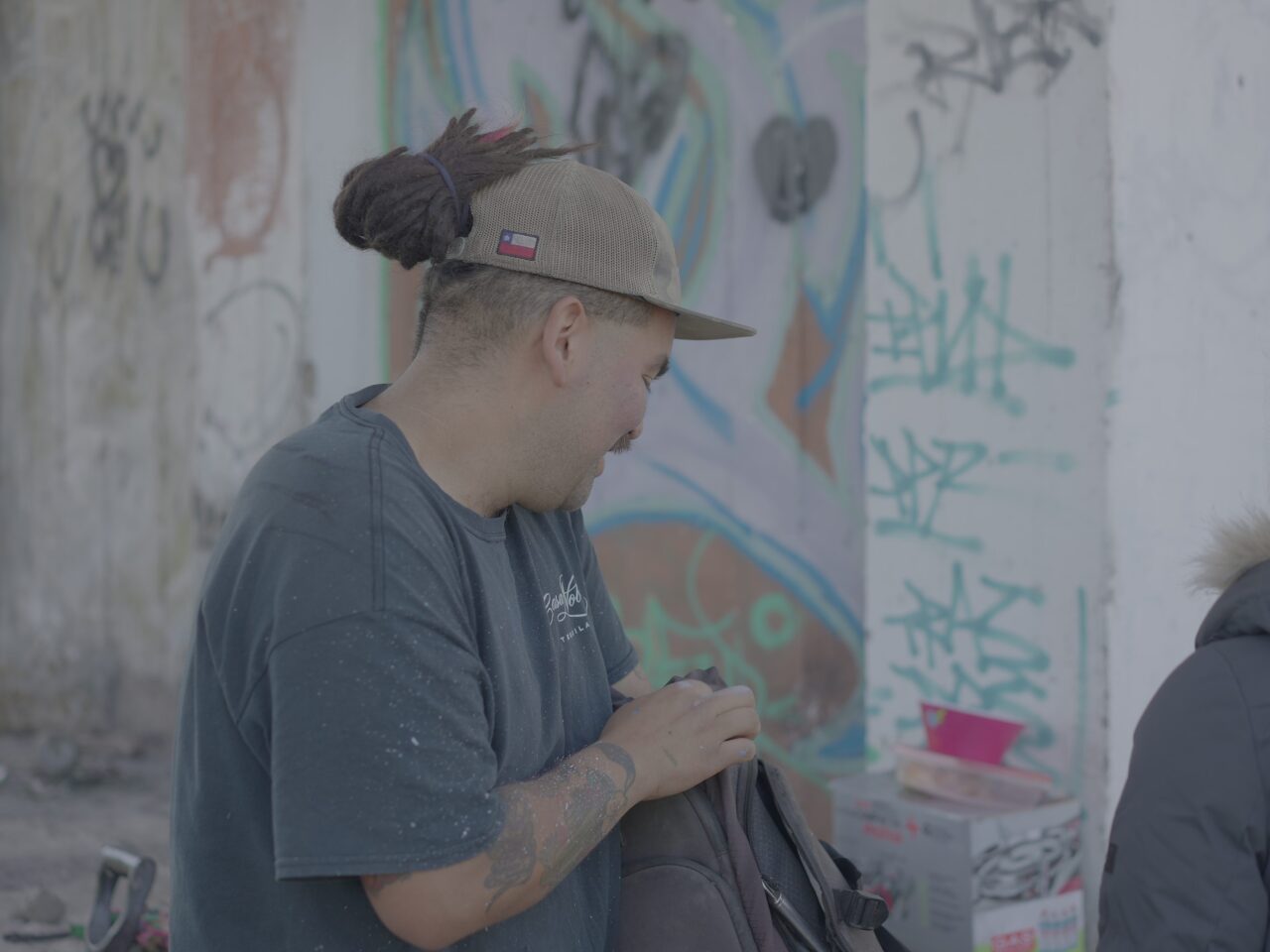
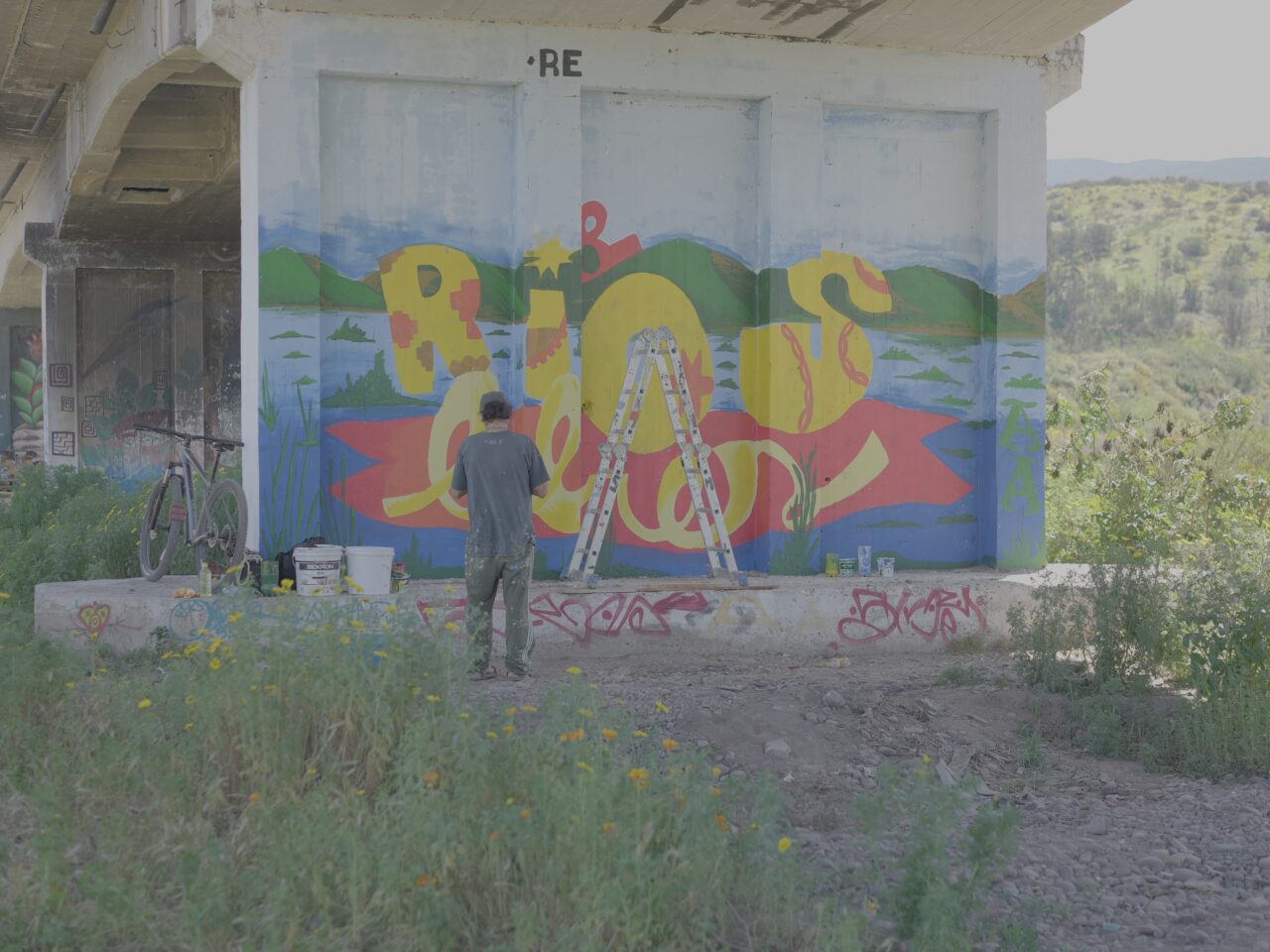
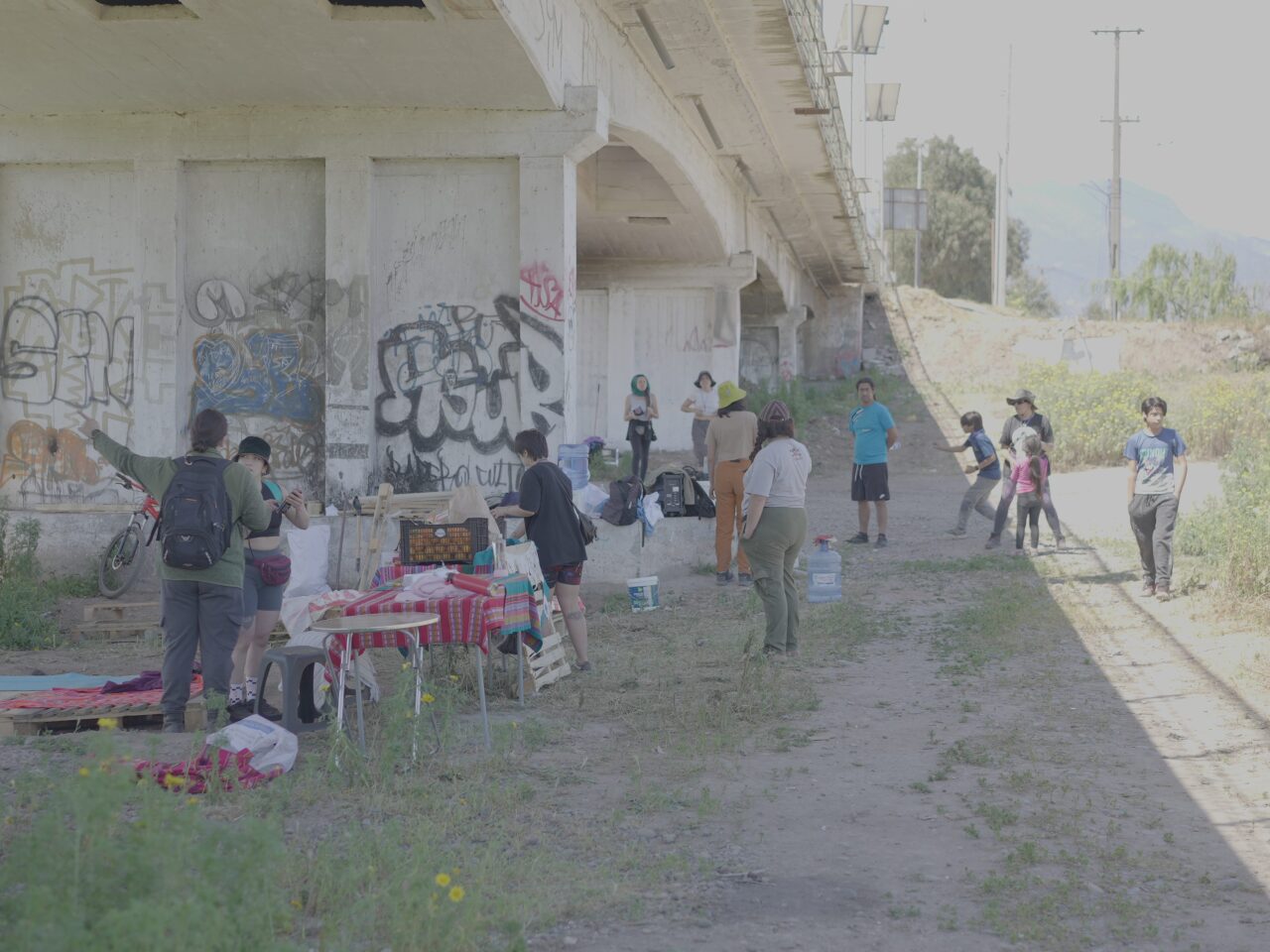
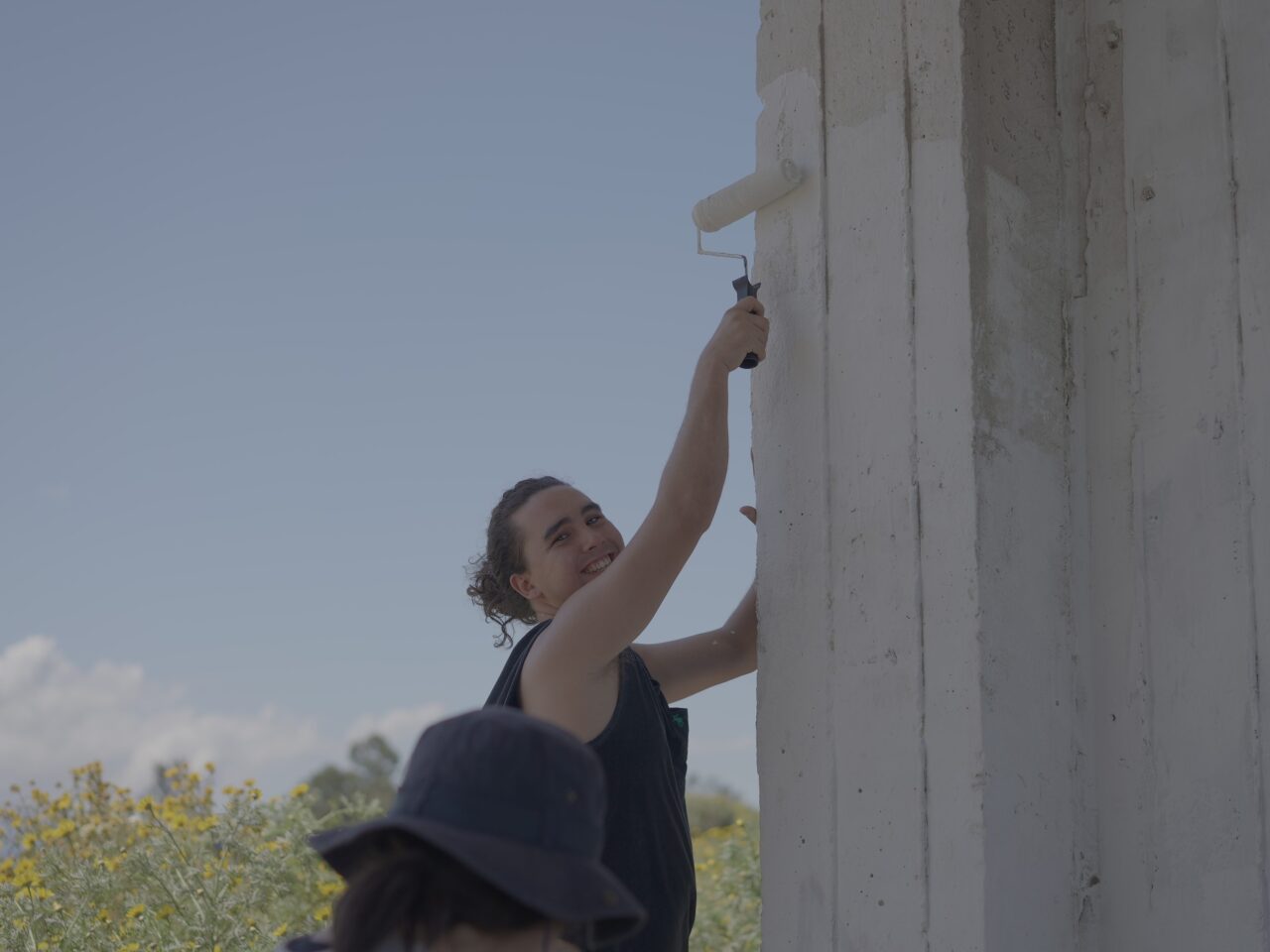
The Third Day
During the last day all the activities that had been started in the previous couple of days were wrapped up. The day’s program was a continuation of the activities that had become a staple of the group’s routine such as starting with the Llellipun ceremony, then birdwatching and then sharing their observations on eBird, and finally putting the finishing touches on the murals. Although some things were the same there were still many new unforgettable moments and exciting activities for everyone. Native trees were planted leaving a seed that will sprout to provide a space containing food and shelter for birds and the other animals in the region for many years to come. Once the activities had concluded for the day, the coordinators of Todo Es Humedal and a Lewentuchefe person ( a Mapuche healer) held a farewell and closing ceremony in which all the participants were thanked and recognized. A small symbolic gift for the children who participated in the activities was provided; the gift consisted of a burlap bag hanging from a hemp thread filled with herbs from the wetland collected by “La Manada Animal”.[translation or definition?] The three days of fun and learning came to an end having united the participants with nature and birds and to one another.
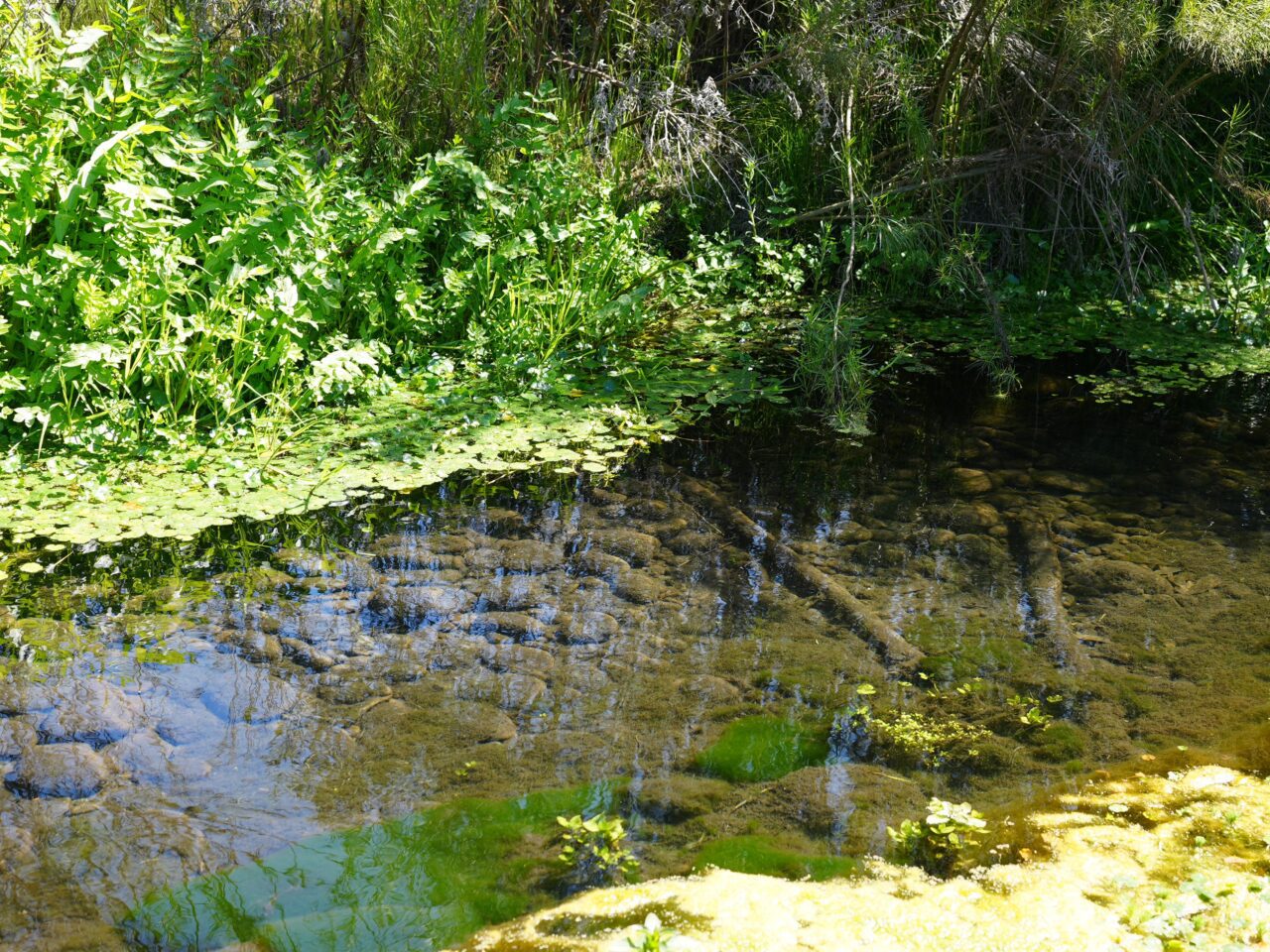
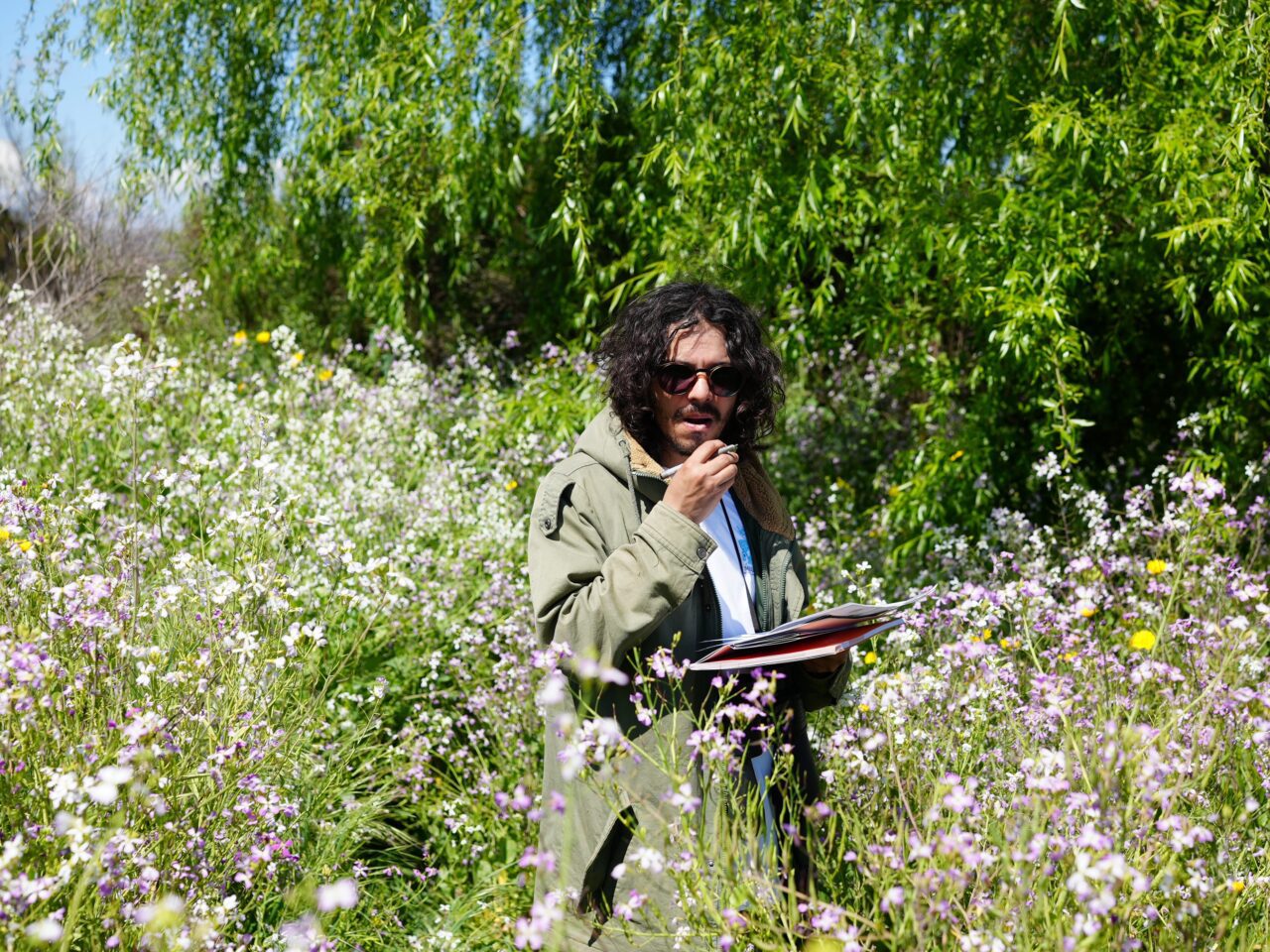
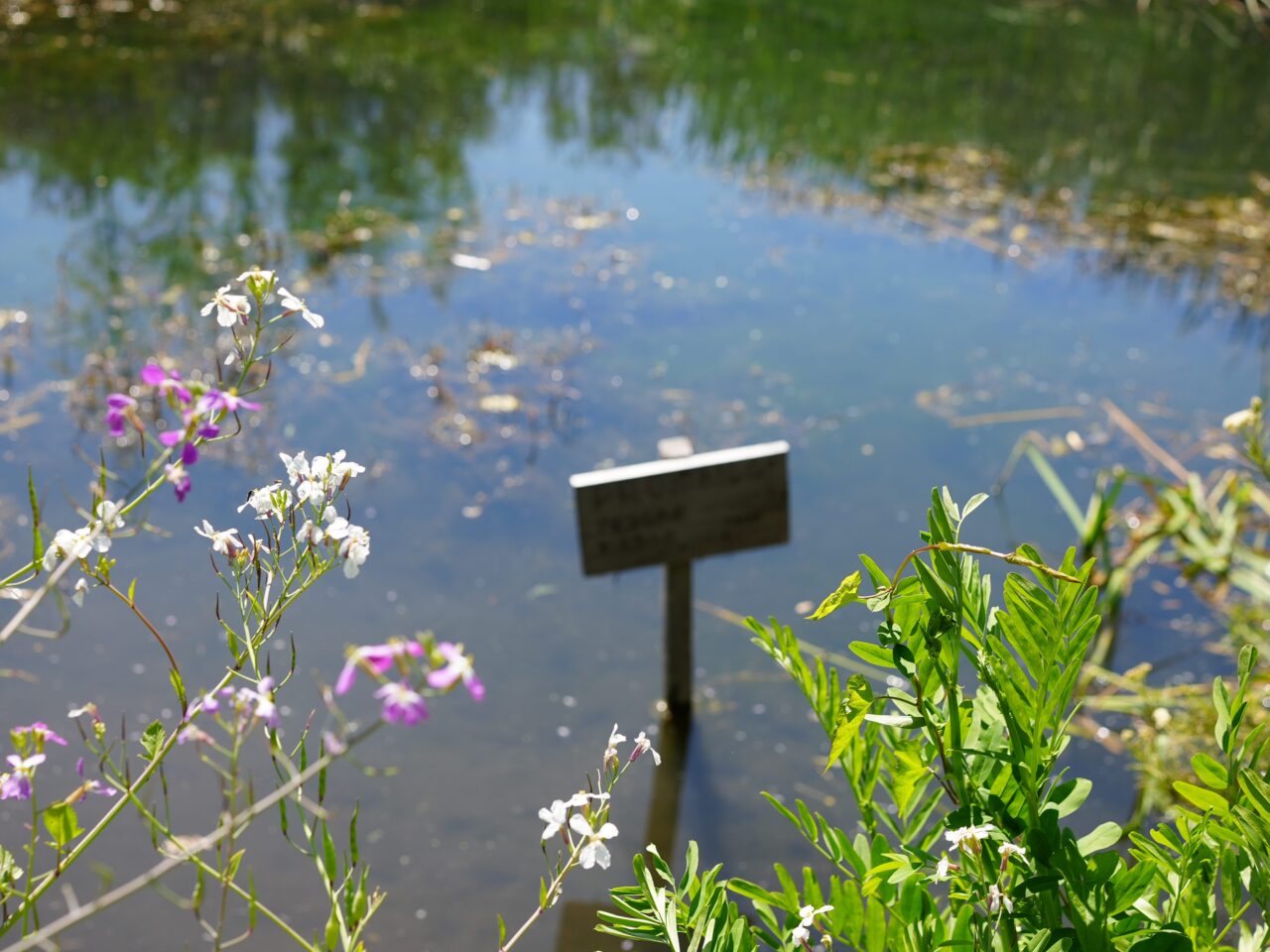
A few comments from the participants at the end of the activities
“An unforgettable experience!”
“I had wanted to see a wetland for a long time, it was a magical and healing experience.”
“As an active member of the indigenous tribes, I thank from the depths of my soul each person who made this possible, because Mother Earth needs us and we need her. Let’s keep up the fight to protect her.”
“My dream for a long time was to mix art and nature into a single project and this opportunity was truly enriching for me.”
“I never wanted to come around here because it was very dirty, but today I see it with different eyes and I can’t wait to come play here with my brothers.”
“I have painted many walls with my friends in the past from a social and political perspective, but this is the first time that we did it for Mother Earth.”
“It was very nice to come here with my children, we were afraid before because we felt that this space was very dangerous and dirty, but after people began to put effort into caring for this place and now I truly believe that this place is different.”
Todo Es Humedal hanks everyone who made this project possible by investing their time and resources into improving the knowledge about the birds in the area, improving the environmental conditions of the Mayaca de Quillota urban wetland, and helping spread love for wetlands and its birds. Todo Es Humedal also thanks Mother Nature for receiving them, the river for giving life to the space, “Paraíso” soda water for donating water cans to keep everyone hydrated, and the produce vendors of Quillota for the donations of fruit and vegetables. Thanks are also extended to “Corazón de Hueso” for the distribution of virtual guides accessible via QR code, to “Vuelo de Pájaro” for the management of the bird sound instrument workshop, to the muralists, to the Municipality of Quillota, to the Department of the Environment, Cesfam Quillota, to the Cristina Durán Ecological School, to the people from the bird sound workshops, to the singers: “Sonorígenes” and “Dialecto Animal”, and to the Network of Chilean Bird and Wildlife Observers for bridging the communication between experts and the educational material. Furthermore, thanks are extended to Daniel Martínez for the donation of bird and reptile guides for central Chile, to the collaborators and volunteers who without them none of this would have been possible, to “Sanarte desde la Raíz” for carrying out the “Shinrin Yoku” meditation, to “Como Tiza” for her graffiti art, and to Marta del Campo for providing her support and making us believe that this was all possible.
Photos and Video are Courtesy of Todo Es Humedal
Written by Diego Valle
